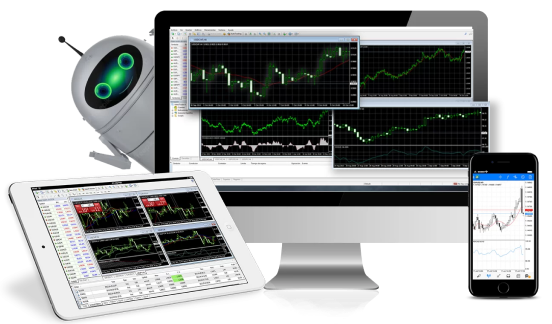Fundamental analysis is a method used by traders to try and predict how markets will perform. Traders sometimes combine fundamental analysis with technical analysis to help them pinpoint when and how to make their investment decisions.
It is also important to remember that past performance is not always an indication of how a particular asset will fare in the future. Investors should, therefore, consider other factors before placing a trade.
The main fundamental elements investors look for are:
- Interest rates
- Trade balances
- Monetary policy
- Inflation
- Gross domestic product (GDP)
- Labor Market Information (LMI)
Each of these factors will generally have a particular effect on the markets, as this table demonstrates:
| Event | Effect on the market |
|---|---|
| Rise in interest rates | Markets appreciate |
| Decrease in interest rates | Markets depreciate |
| Increase in trade surplus | Markets appreciate |
| Decrease in trade surplus | Markets depreciate |
| Increase in government spending | Markets appreciate |
| Decrease in government spending | Markets depreciate |
| Rise in inflation | Markets appreciate |
| Decrease in inflation | Markets depreciate |
Limitations
Fundamental analysis is generally not used as a tactical, short-term decision-making method. Technical analysis enables traders to gain a vision of the market and make the right move at the right time, while fundamental analysis should be applied strategically over longer periods. Another point to remembeis that the above events will only have the expected impact if everything else stays the same. For example, if government spending increases in response to a decrease in inflation, the outcome will be neutral.
keep up to date
Economic calendars are an extremely useful way for traders to keep abreast of upcoming developments. Dragon-Trade provides all clients with a free calendar to help you formulate your investment strategy.



